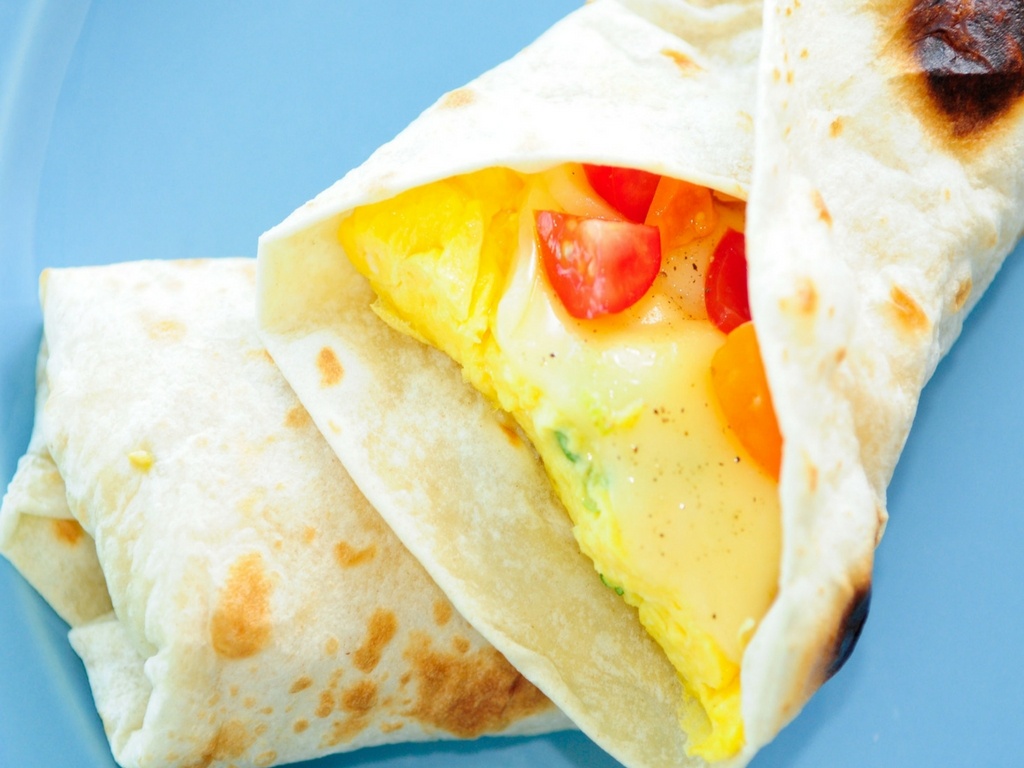
There’s no doubt about it. Fast food breakfast is hot. Really hot.
In just the past few years, the breakfast daypart has rocketed to become a lucrative daypart for McDonald’s, Taco Bell and many other national and regional names in the QSR industry. Even as fast food sales have slowed at lunch and dinner time, industry-wide breakfast sales ticked up another 2.3% in just the past year, according to USA TODAY, and they show no signs of plateauing soon.
So how can fast food companies make sure that they get breakfast right? With so much competition in the market, there’s not a lot of room for uncertainty.
Today, we thought we’d take a look at 4 solid tips that your QSR company can use to build a solid, competitive breakfast menu and tap into the sizzling demand.
1. Know your audience.
All-day breakfast at McDonald’s has been a wild success. Taco Bell’s breakfast launch quickly took it from no sales in the morning daypart to 6% of its total sales coming from breakfast items just a year and a half later.
And there’s no denying that late-night breakfast availability and all night drive-thrus have helped to steady fast food’s rudder in the wake of the Great Recession. But who are these odd-time fast food breakfast eaters? A goodly portion of them are professionals. And, surprisingly, not all of them are Millennials. An end-of-year report released in December 2015 by the NPD Group indicated that consumers over the age of 50 are driving a lot of the sales growth in fast food.
At the same time, Millennials and Gen Z are clearly driving menu developments and the blurring of traditional mealtimes. We’re increasingly seeing moves toward experimental and fusion cuisine (breakfast burritos, AM Crunchwraps, McDonald’s Southern Chicken Biscuit) and ethical sourcing (cage-free eggs, cruelty-free chicken, certified organic produce, etc.) from even the largest chains.
Where these younger tastes lead, older consumers seem willing to follow. Play to the new and bold in your menu, but in your marketing be sure not to ignore the segment that’s dropping the most coin.
2. Make sure your menu is on-trend.
Right now, consumers are clamoring for protein-centric and portable.
“Breakfast sits at the crux of myriad colliding trends, from our desire to eat a protein-heavy diet to a growing reliance on convenience foods,” wrote USA TODAY’s Hadley Malcolm. At the same time consumers are demanding portable proteins, she reported, they’re also pressuring QSR companies to offer healthier, more nutritious food.
That’s a natural fit for breakfast — as long as QSR restaurants don’t fall into the trap of relying too heavily on greasy, “unhealthy” foods. While it’s true that consumers love cheap-and-plenty bacon, they’re also increasingly health conscious. Make sure your new food items balance a little bit of indulgence with a lot of perceived nutritional benefit.
Carb-heavy items won’t play well unless they’re “good” carbs: slightly-sweetened oatmeal, fresh fruits, quinoa, whole “ancient grains” and the like.
And don’t forget the veggies! Many QSR companies fail to think past lettuce, tomatoes and onions. Where are the yellow bell peppers, the green kale, the red cabbage and bright carrots? The more colorful and fresher the veggies, the more nutritional benefit you can deliver and the more marketable your menu becomes.
3. Know what works for your brand and stick to it.
Don’t try to re-invent your menu all at once. Work within your established brand. Massage the changes in.
If your fast food restaurant has traditionally been a burger-and-fries lunch joint, don’t try to suddenly become the all-organic vegan breakfast champion. You’ll turn off your core customers. Instead, carefully research the segments you’re reaching now and find out what changes they would like to see. Then, see how those changes would interface with the overall trends in the market. Examine where your core consumers’ needs and desires dovetail with those of the segments you’re not already reaching. Try to find synergies and take advantage of them.
Start by evaluating your opportunities and surveying your customers. Use that information to develop and introduce one or two items. Give them a few months to sink into the market, then re-evaluate sales and survey your customers again. Develop, measure, tweak, market, re-measure. If a new item is underperforming, don’t simply drop it. Find out why it’s underperforming and apply that learning forward.
4. Know the strengths and limitations of your supply chain.
Consumers may demand all organic, all cruelty-free, all cage-free now. But that doesn’t mean those demands are easy to meet in quantity. Don’t let your new breakfast menu ideas get ahead of your supply chain’s ability to deliver.
If your current supplier network can’t meet the demands of your new menu, do your research and see if there are other suppliers who can. If there aren’t, don’t be afraid to invest in new operations that could yield a more robust, more agile supply chain for your QSR company in the future.






